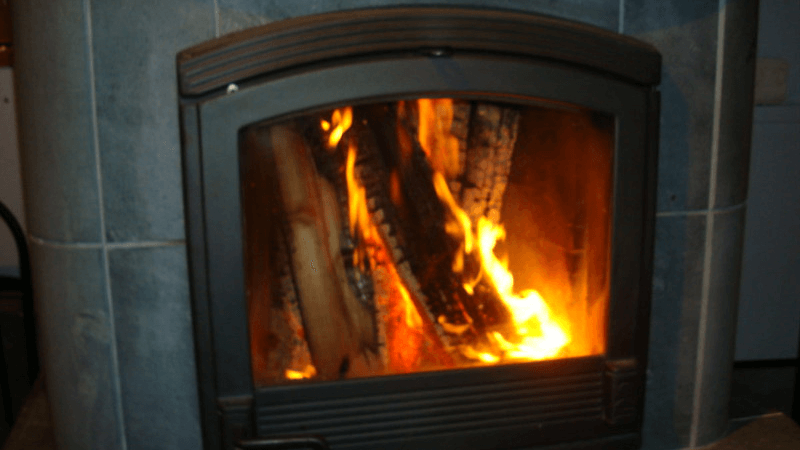Wood-burning stoves are excellent at producing more heat than most fireplace alternatives. However, problems arise when the heat generated does not circulate efficiently to warm up our homes. When this happens, a good stove can appear ineffective and a waste of money.
However, if your stove is in good condition, circulating the heated air around your home should be a priority. Convection stoves that heat air are great for moving warm air and heating your home evenly. This guide is for you if you’re looking for alternatives to move heat from a wood stove.
1. Better Stove Placement
To circulate the heat from a wood stove better in a room or home, the first thing you should consider is the installation. You can do a few things to help circulate the heat more efficiently.
If your home has a basement, this is a good location to install a wood stove. When installed in the basement, a wood stove can heat the whole house because heat rises. To better heat, the home, open the doors to different rooms to help heat disperse through. However, this method will take longer to heat your home.
If your home has a central heating system, it is better to place the wood stove next to the return air duct. The role of return ducts is to carry air back to the furnace, where it is filtered, heated, and recirculated again into the home. When placed near a return duct, the heated air is pulled from the stove into the furnace and dispersed through the rooms. You can also set the HVAC blower to switch at different time intervals to circulate the heat without running constantly.
2. Use Fans
If you’ve already installed a wood stove in your home, then using fans is a great way to disperse heated air around your home.
First, you can try heat-powered fans. These are small fans made from metals and designed to rest on the wood stove. As the stove warms up and heat rises, it causes the blades of the fans to rotate. This directs heated air to the specified direction of the fan. You can get two heat-powered fans to help circulate heated air faster around your home. If you’re looking for a good heat-powered fan, check out the Voda 4-Blade Heat Powered Stove Fan.
Box and air circulator floor fans can also move air faster. The bigger the fan, the more air you can move faster. For this to work., place a fan behind the stove. This works great with radiant wood stoves and metallic fans that can take the heat generated without burning down. Place the fan about 24 inches from the fan and power it once the stove starts generating heat.
You can also place the fan at the bottom of a staircase or the doorway to a room you want to heat up. For a good metallic fan for the job, check out Pelonis Fan 20 Inch Floor Fan. It has three speeds and can be tilted to direct the airflow higher.
Apart from heat-powered, box, and air circulator floor fans, you can also install ceiling fans. A ceiling fan is excellent for distributing heated air evenly around a room. If you’re using a convection wood stove, heat is distributed around a room. However, most of the heated air rises, creating a heated pool at the top. Running a ceiling fan can help circulate the air at the top around the room and hard-to-reach places.
3. Use Heating Ducts
While we recommend using your central system ductwork to circulate warm air, that method is unsafe and is usually not recommended. To move heated air from one room to another, install a ceiling or wall vent in a distant room and run a duct from the room towards the stove.
Some stoves come with adapters you can fit onto the duct to vent warm air to the room you install vents. You can use a vent fan or heat exchanger to blow air faster to the other rooms.
4. Use Passive Vents
A passive vent or floor vent is a hole in the ceiling leading to the upper floor. The vent transfers hot air from the room the stove is located to the room above it. This is made possible because hot air rises while cold air goes down. This is a simple and cheap method of moving warm between two rooms. Ensure the vents are large enough for easy heat and cold transfer between the two rooms.
One thing to keep in mind about this method is the passive vents will also transmit noise and smoke to the other rooms. If the above room is a bedroom, don’t use this method. If the room below fills with smoke, you don’t want the bedroom to fill with smoke.




